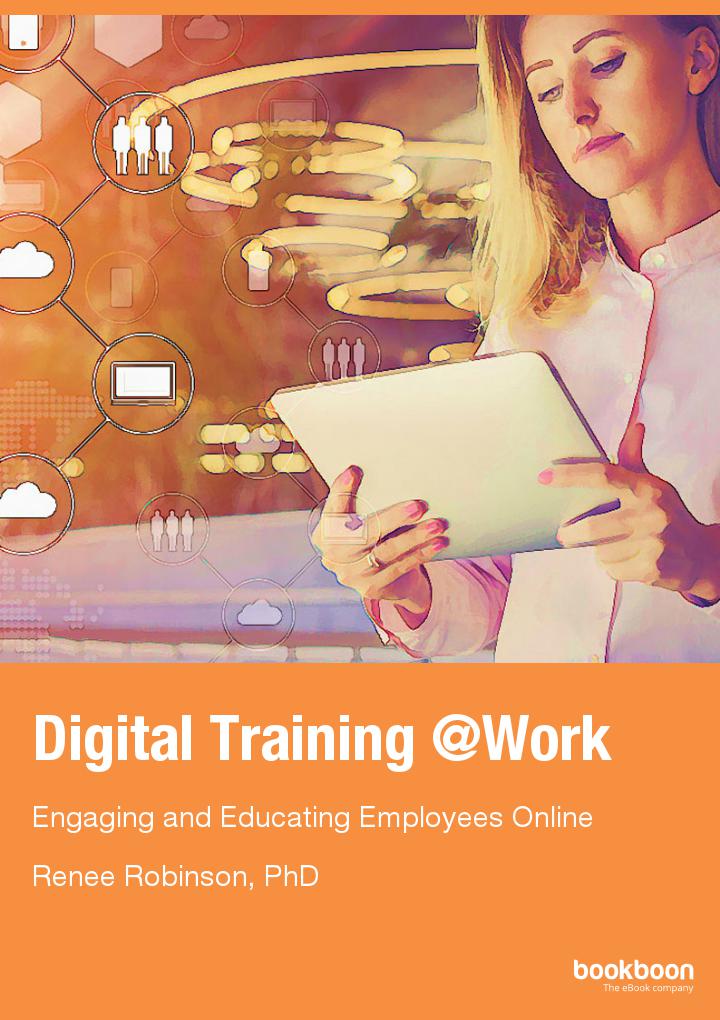8 ways to improve the quality of your L&D offering

When assessing the needs of an organisation, L&D professionals know that most companies have a gap in soft skills that needs to be filled by training and personal development. Encouraging employees to engage in their own soft skills development comes down to many factors but one of the most integral is that the content L&D professionals are providing to their employees is actually of a high quality.
Here are 8 ways to determine if your L&D offering is of a high quality and how to improve it.
1. Is your offering digital?
Because no two employees are the same, neither are their learning needs. This means that with traditional classroom training comes disadvantages in terms of the quality of learning. Because of the sheer logistics of face to face training, learners are limited in terms of the topics covered, learning location and teaching style. The variety and flexibility that comes with digital training allows learning opportunities to become virtually endless and lets employees experience more in-depth training in their own time.
2. Is the learning platform easy to use?
A quality learning platform takes the user’s experience into consideration ensuring that each and every employee within a company is able to access learning regardless of technical skill level. If a learning platform is confusing to navigate or difficult to use, employees will soon disengage. Quality learning platforms are easily searchable to make it easy for employees to access the materials they require.
Learn the 8 vital tips to making your learning platform easy-to-use.
3. Is the content provided by an expert source?
The platform learners train from is only as good as the content it provides. Quality training programmes source materials from industry leaders and experts in the topic to guarantee the content is coming from a reliable and knowledgeable source.
4. Is there enough variety of content?
When it comes to learning content, good quality also means a good variety. Because of different skill levels, roles and learning style, what is quality training material for one employee won’t be for another. Quality training platforms provide a variety of content to ensure there is something fit for every learning need.
5. Does the platform frequently update and add new content?
What was once quality will not always be. New studies, trends, and statistics are published every day and it is important that those in charge of L&D look to programmes that take a page out of the book of social media, news and entertainment platforms by tapping into the basic human need for novelty and continuously update and add new content. A platform that maintains quality with regularly updated and newly added content will engage and intrigue employees far more than one that provides only recycled information they have already consumed.
6. Is the learning content actionable?
The most quality learning experience is one that quickly gives learners the tools they need to use their newly learned skill in real life. Hands-on digital training content should be clear and concise to give learners the flexibility to choose what, when, where and how they learn which and allow them to apply their skills more quickly than in a classroom or face-to-face workshop.
We’ve got 7 tips to make your learning content actionable.
7. Is the content aimed at solving real-life challenges?
When it comes to personal development, the topics learners need most are those that are aimed at providing them with solutions to real-life challenges. While a more theoretical approach, such as a study on personality types, is educational, a truly quality learning experience arms employees with the tools to best respond to problems they are likely to run into on day-to-day basis such as how to deal with difficult people. There is nothing more beneficial than possessing the practical skills that allow us to best navigate our lives.
8. Apply the same standards when judging a platform provider
The same standards that L&D professionals can use to assess the quality of learning content should also apply to the supplier that provides the platform from which users learn. Numbers don’t lie, and when it comes to evaluating the quality of an external platform, high usage rates indicate a high-quality service. If learning professionals are looking for a platform that provides quality development and upskilling to its users, it is best to choose one that has been successful in similar industries to the organisation and boasts high usage rates.
An investment in quality learning is an investment in quality employees. The future of any organisation relies on the talents and skills of its people and offering them a variety of actionable, accessible and well-sourced digital content ensures those skills will be improved and developed through a quality learning experience.




